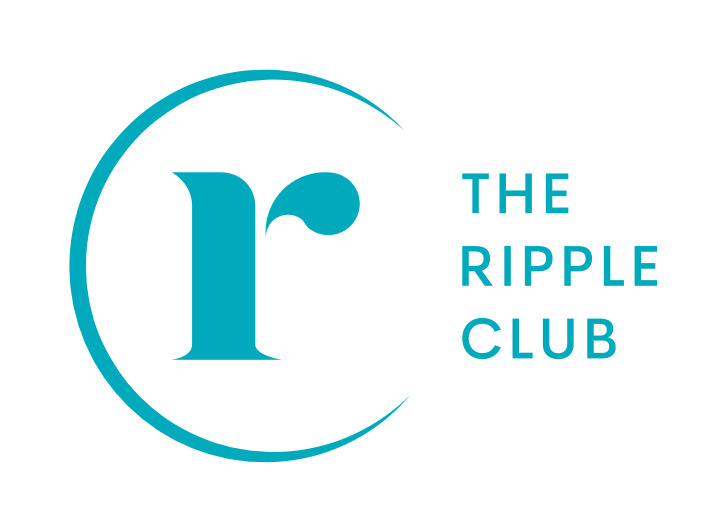
You went to this “hardcore fitness class” and after 30 burpees your (insert body part here) hurts A LOT.
If you have read my last blog post, you know that after a few days, if the pain doesn’t go away, there is definitely something wrong.
After a short visit to the Doc, there is no doubt…you are properly injured, and the doc says that sentence you do not want to hear: “Do not exercise for (insert number here) weeks”.
And just like that, all your efforts to stay in shape, gone. It is so sad I feel like a slice of chocolate cake, don’t you?
BUT, at The Ripple Club we always see the bright side and that’s because we have a solution for you! Put down this slice of cake and read this article to understand how you can be exercising after an injury. No doubt you will recover faster and stronger than ever!
What usually happens when you get injured is what I call a vicious circle.
As you are not moving much:
Your moral is low>>> You are putting on weight >>> Your muscle mass melts like snow in the sun >>> You are over compensating with other “healthy” parts of your body which start to get sore / hurt.
But not all is lost, all vicious circles can be broken with a bit of willpower 🙂
So what to do?
- Keep yourself busy

It is not because you broke/injured your wrist that you shouldn’t enjoy a day out or even a spa treatment! You sprained / broke your ankle and it makes it really hard to walk? Invite friends over to your house for a board game night or something fun! Most of the people just stay at home and watch TV when they get injured, that sounds fun for a few hours but you will get bored and / or depressed super quickly. Try to keep your social schedule busy during the next few weeks it will definitely make you feel better and it will go faster!
2. You think you can’t do it – Most of the time, you CAN!
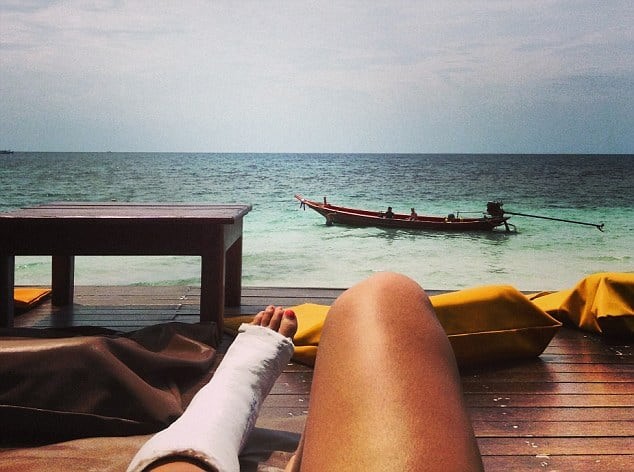
Your busy schedule makes getting injured feel like the end of the world! Think again, with a few adaptations, you can actually do most of your daily routine with an injury, you just have to take your time and be careful. You need to travel? Also can lah! You will be surprised how kind and helpful (some) people are, and you can even get special treatment at the airport! If you are not travelling to trek Everest or a rock climbing event with a broken toe, then I bet you can do it. You will not be as fast / efficient as usual but with a bit of patience everything will be fine!
3. Be conscious of how you move
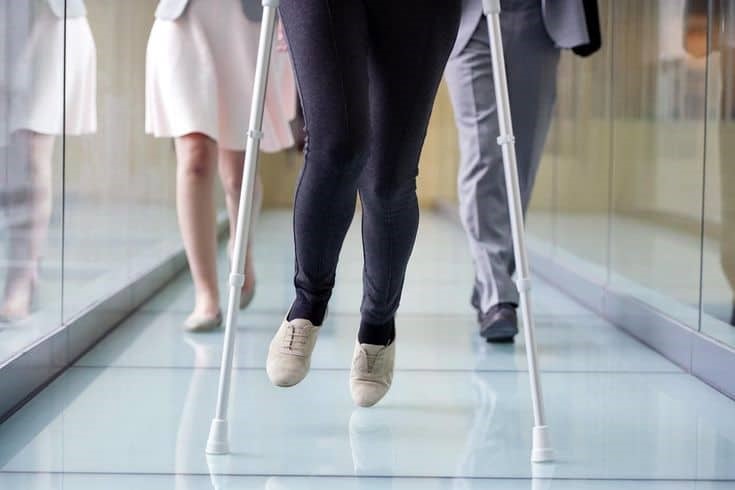
When we’re injured, we often become extra cautious with the injured area—sometimes even overprotective—while forgetting to pay attention to the parts of our body that are still working well. The key is balance, so you don’t end up overcompensating and creating new issues in your healthy areas.
You know that moment after a chiropractor session when they point out you’re not walking correctly? For the next few days you’re hyper-aware, checking yourself in every reflection… but by the following week, it’s already out of mind. That’s exactly why it’s so important to check your form and posture when you’re injured—otherwise, you risk trading one problem for another.
So here’s your little reminder: pause for a second, check your alignment… feeling good? Great—let’s move on to number four!
4. Be mindful of what you eat
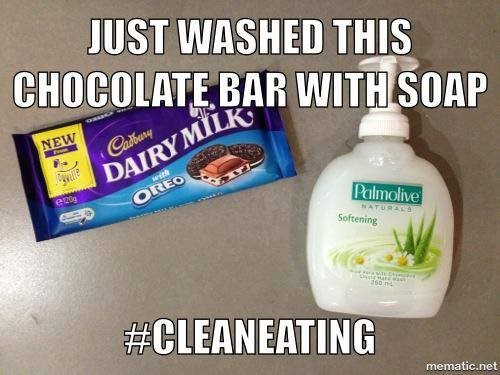
When you’re not moving as much, it makes sense that your body doesn’t need as much fuel, right? I often tell my clients to think of their body like a car: do you really need a full tank of petrol just to drive to the supermarket down the road? Of course not. The same goes for your body—if you’re burning fewer calories each day, the extra ones you eat are more likely to be stored as fat. Not ideal, I know!
The truth is, most of us keep eating the same way when we’re injured. To avoid unwanted weight gain, it’s important to adapt your diet and be more mindful of what, when, and why you’re eating.
Here are 3 key tips to follow:
1. Keep it healthy.
Choose wholesome, nutrient-dense foods that support your recovery and give your body what it really needs to heal.
2. Stick to a schedule.
Being on medical leave doesn’t mean grazing all day. Try to keep regular meal times—it’ll help you avoid unnecessary snacking.
3. Check in with your hunger.
Ask yourself: am I actually hungry, or am I just craving something sweet? A little trick—imagine your least favorite food. If you wouldn’t eat that, you’re probably not truly hungry!
And remember—treats aren’t off-limits. Just enjoy them in moderation, and acknowledge them for what they are: a treat, not an everyday habit.
5. Keep moving!
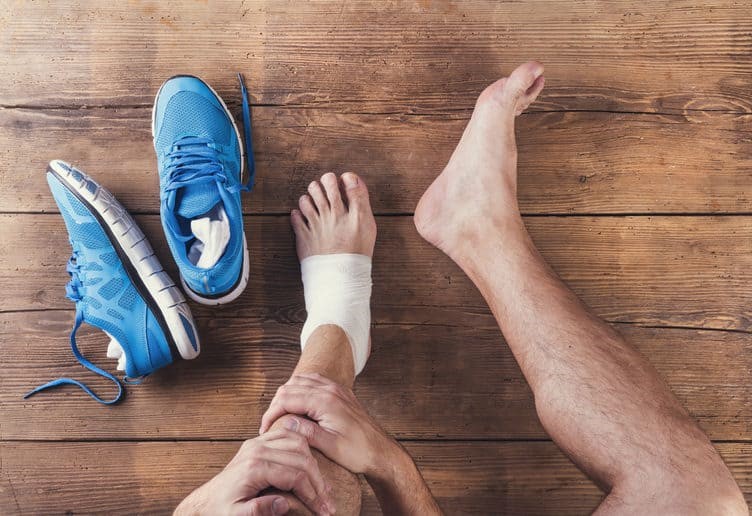
“But my doctor said…?” Then call back and ask what you can do. Unless it’s a very serious injury (think: both legs in casts), there’s usually something you’re still able to do—whether that’s a gentle walk in the park or a few simple arm exercises. Even small movements are far better than complete rest.
And here’s my biggest tip for speeding up recovery: get in the pool (if your injury allows it!).
At The Ripple Club, we use the magic of water to keep your body moving safely, protect you from further injury, and help you bounce back faster.
Why water works:
- Resistance that works for you. Water provides natural resistance, making aquatic fitness highly effective for burning calories and keeping weight gain at bay.
- Gentle on joints. Buoyancy supports your body, letting you build muscle and strength without stressing bones or joints.
- Feels amazing. Let’s be honest—being in the water is refreshing and fun. Add in the social connection, the rush of endorphins, and the feeling of strength after class, and you’ll leave the pool not just fitter, but also happier and rejuvenated.
If you’re injured or recovering from surgery, remember: patience is key. Healing takes time—but if you follow our 5 tips, you’ll be back on track in no time!
